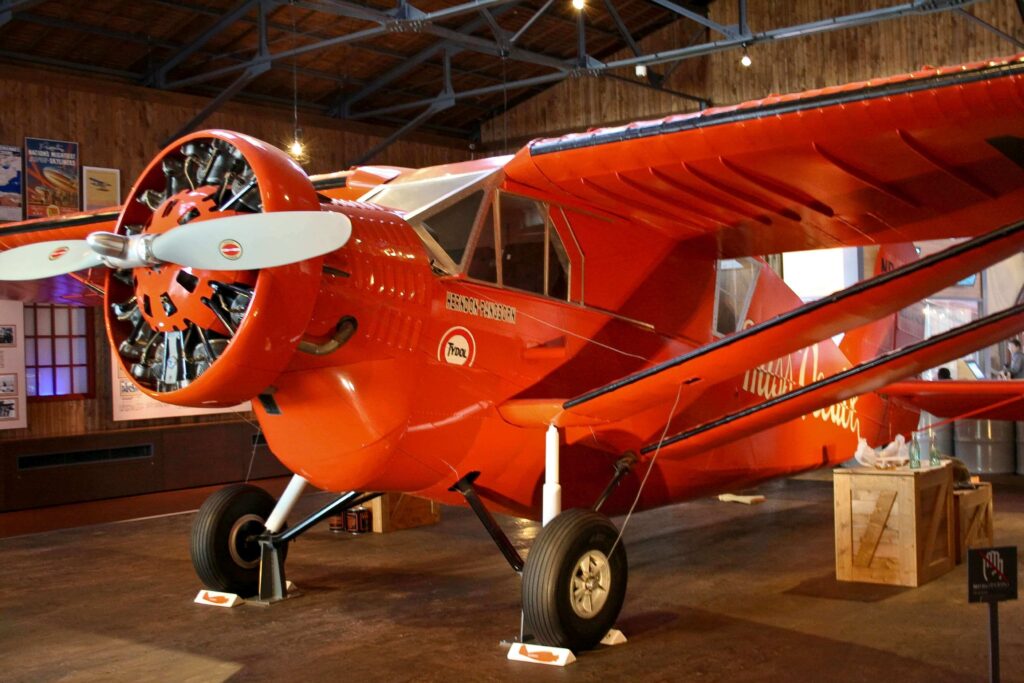Today, flying across the Pacific takes around nine hours, with multiple airlines to choose from and has become an everyday event. However, on October 5, 1931, aviators Clyde Pangborn and Hugh Herndon completed the world’s first non-stop, trans-pacific flight connecting Japan to the United States.
The record-setting flight lasted 41 hours and covered more than 5,500 miles, before landing in Washington state and becoming the longest flight ever made over water, a record previously held by Charles Lindberg.
Born on October 28, 1895, in Bridgeport, Washington, Clyde Pangborn had joined the Air Service following the United States’ entry into the First World War and became a flight instructor. During his posting in Texas, while teaching cadets to fly the Curtiss JN-4 biplane, Pangborn mastered the art of flying upside-down earning his nickname ‘Upside-Down Pang’.
Post-war, Pangborn earned a living barnstorming and performing as part of the Gates Flying Circus, where he met Hugh Herndon who would later become his co-pilot.
As was common with publications at the time, Japanese Newspaper Asahi Shimbun offered a prize of $25,000 for the first trans-pacific flight. Pangborn and Herndon flew to Japan to prepare for the historic flight, choosing a 1931 Bellanca J-300/CH-400 named Miss Veedol. The pair departed for the epic flight from Sabishiro Beach, Aomori, Japan on October 4, 1931.
However, the daring flight was not without its challenges. Pangborn had planned to cut loose the landing gear in-flight in order to save fuel. But the device had partly failed, leaving the struts attached and forcing him to climb onto the wing at over 10,000ft to remove the struts manually.
Later in the flight, Herndon as co-pilot had neglected to pump fuel from the auxiliary tanks to the wings. The engine, starved of fuel, cut-out, leaving Pangborn with no choice but to dive the aircraft thousands of feet to restart the engine.
When the pair reached the west coast of the U.S., fog plagued several landing sites, before a suitable landing spot was found in Wenatchee, Washington. With no landing gear, the plane had to perform a belly landing, damaging the aircraft and its propeller. The two pilots were thankfully unhurt.
Almost all the prize money was received by Herndon and his mother, who had financially backed the flight with Clyde Pangborn returning to instructor flying before joining the RAF in 1939 with the onset of the Second World War.
By the end of his flying career, Pangborn had logged over 24,000 hours across four decades of flying.
The damaged propeller from Miss Veedol is now on display at the Wenatchee Valley Museum along with half a sandwich which is believed to have been on the historic flight.

